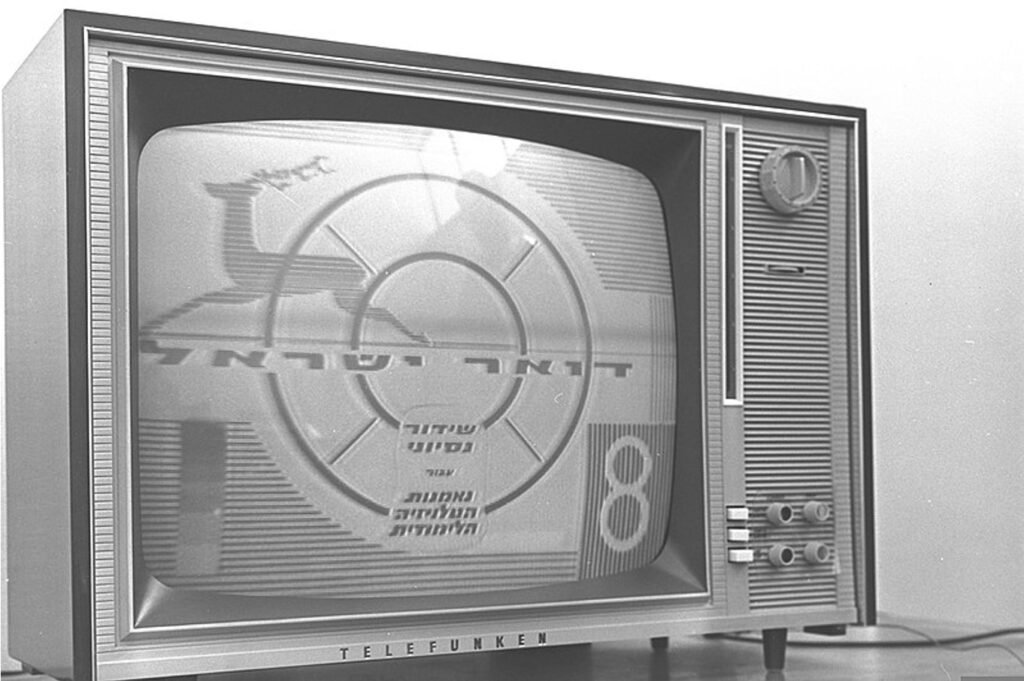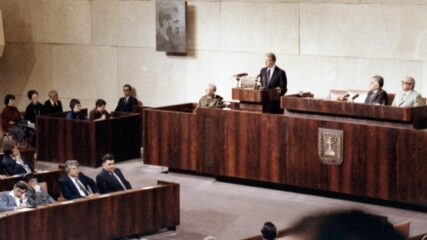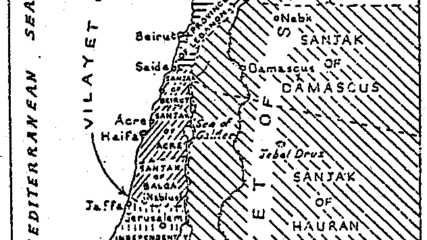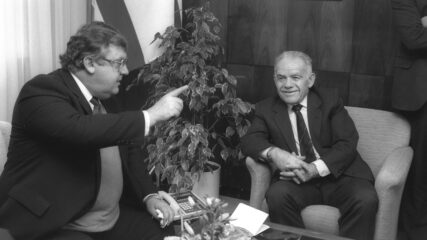May 2, 1968
Israel’s first general-interest television network begins broadcasting at 9:30 a.m. with an image of a menorah, followed by an aerial view of Jerusalem and, at 9:40, the national Yom HaAtzmaut (Independence Day) parade.
Known as Israel Television or General Television to distinguish it from the Education Ministry-run Israel Educational Television, the network is operated by the Israel Broadcasting Authority, which was founded in 1965 and is funded with an annual tax on all households with television sets. Until the network’s launch, those Israeli TV sets could pick up only the educational network, started in March 1966 to support classroom instruction at schools, and the national networks from neighboring Arab countries. Led by a series of governments fearful of foreign cultural influences, Israel is one of the last states in the Middle East to welcome TV broadcasts.
The network is led by communications scientist Elihu Katz, who wins the Israel Prize in 1989, and is arranged in several departments, including Hebrew news and current affairs, Arabic news and current affairs, and Arabic programming. The Israel Broadcasting Authority works hard to present strong Arabic programming to draw the domestic Arab audience away from programming broadcast by Egypt and Jordan.
The network becomes known as Channel 1 in 1994 when commercial competitor Channel 2 begins broadcasting.
Except for special occasions, such as the 1977 visit by Egyptian President Anwar Sadat, the network broadcasts in black and white until 1982. Israel skips the opportunity to host the 1980 Eurovision Song Contest in order to spend the money on the color conversion instead.









